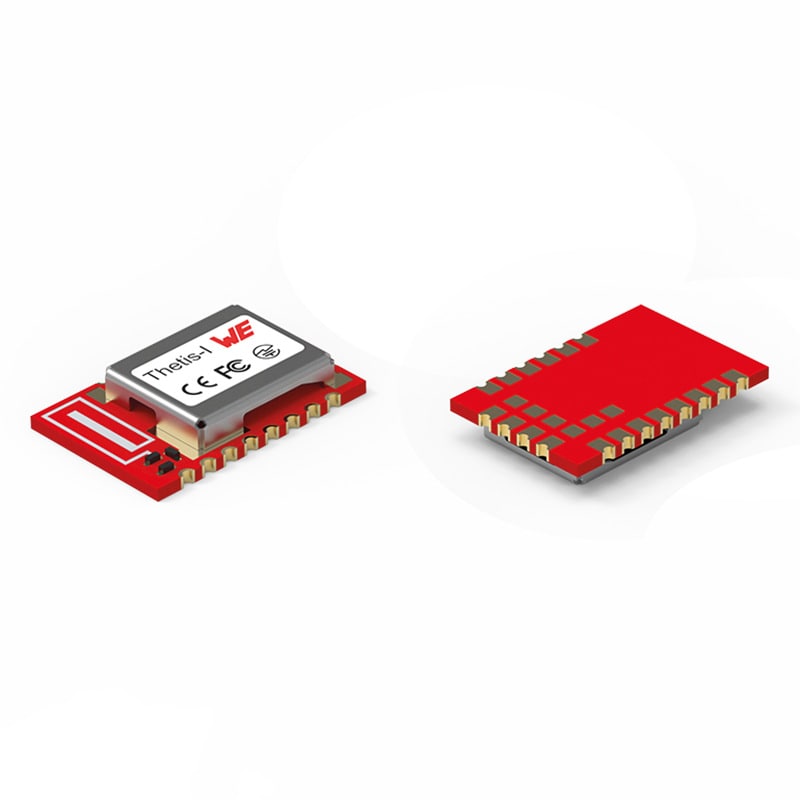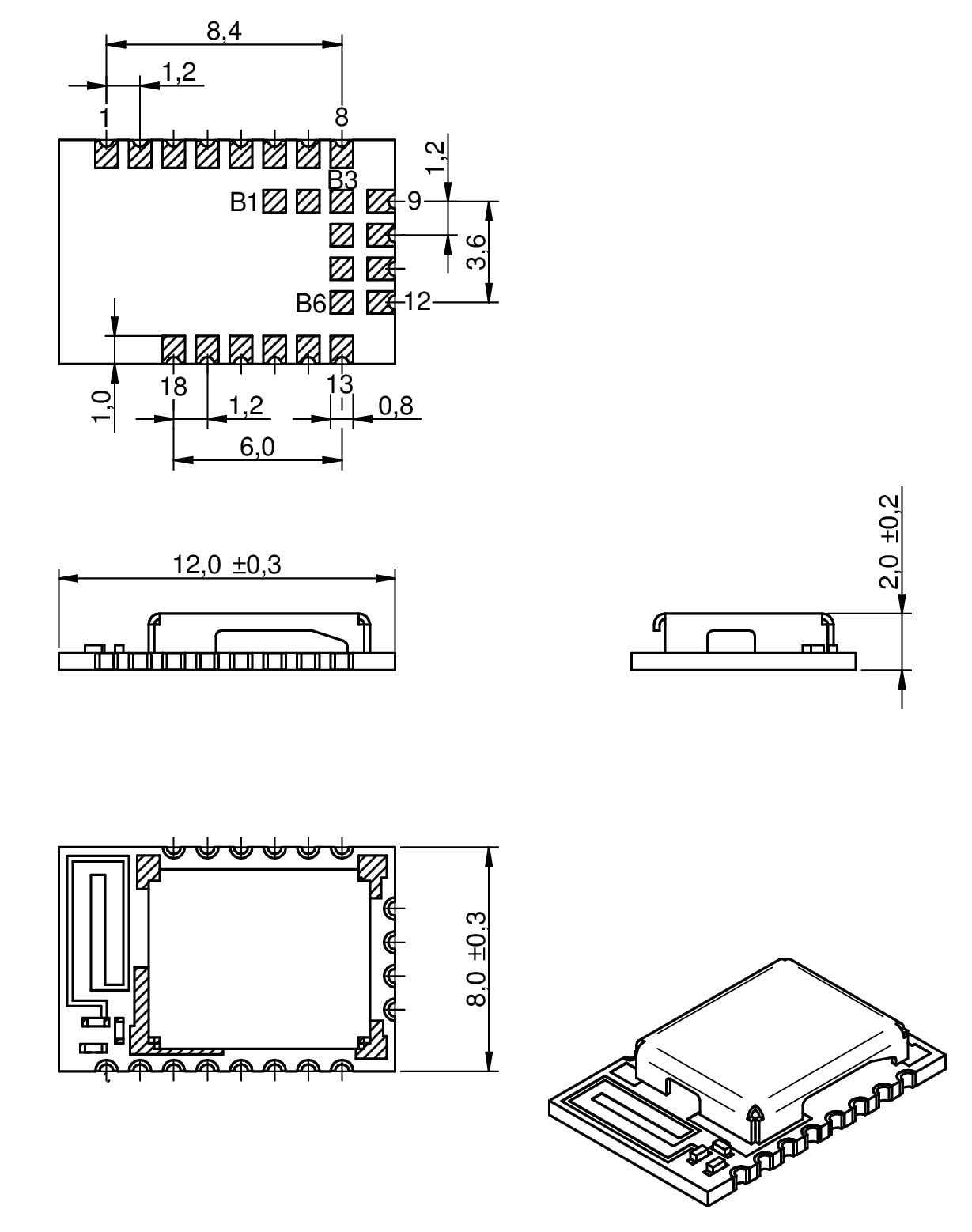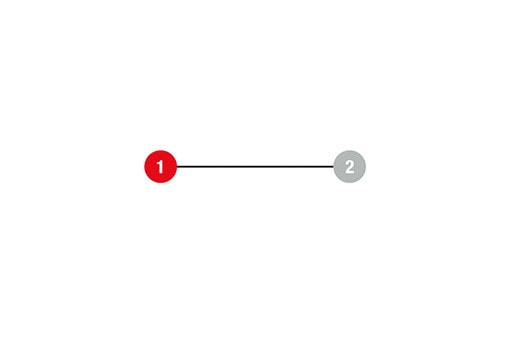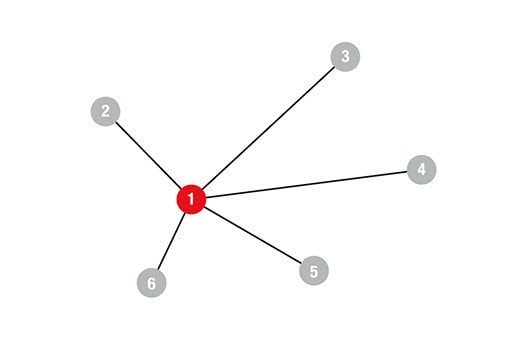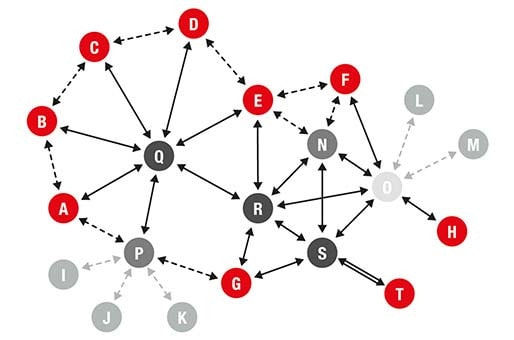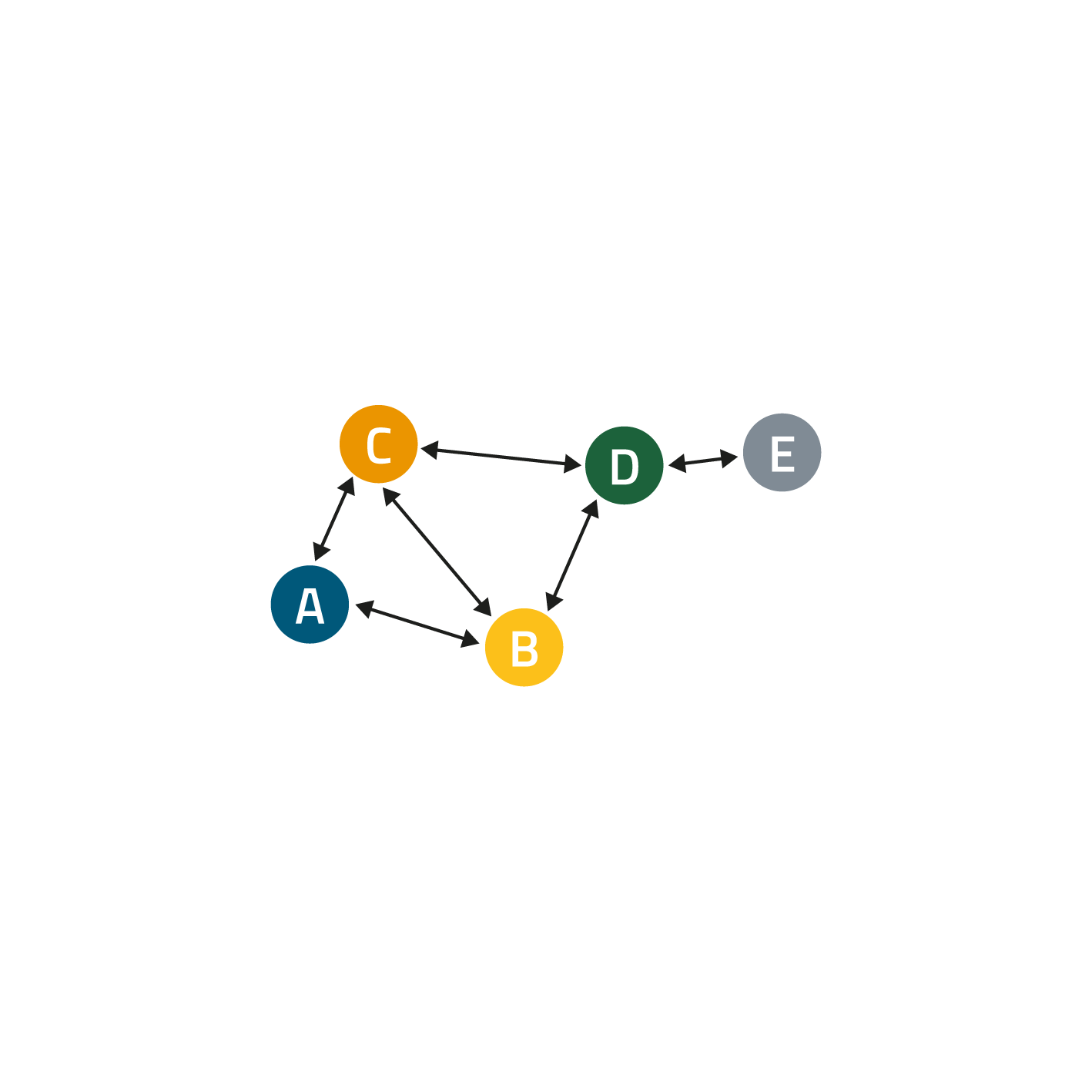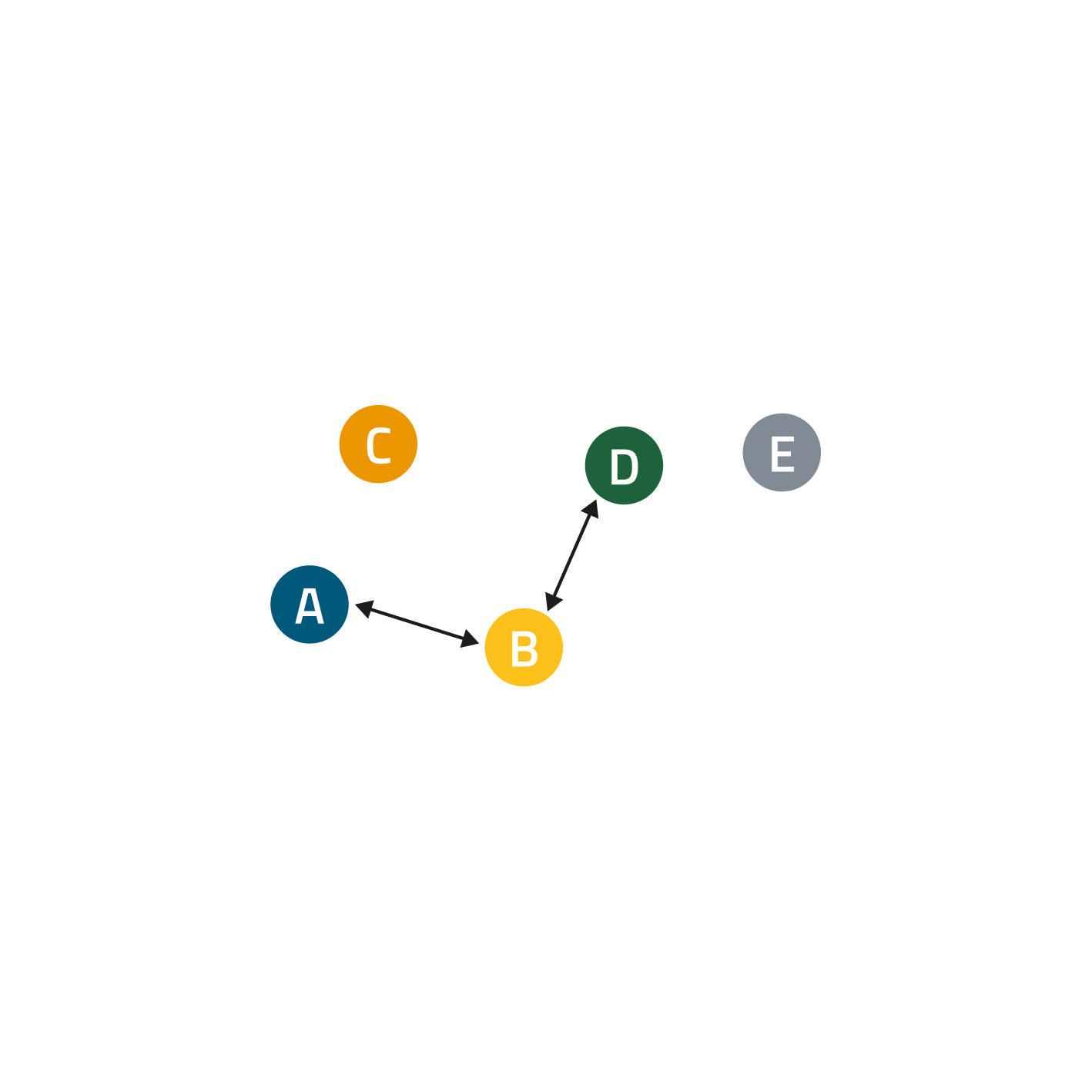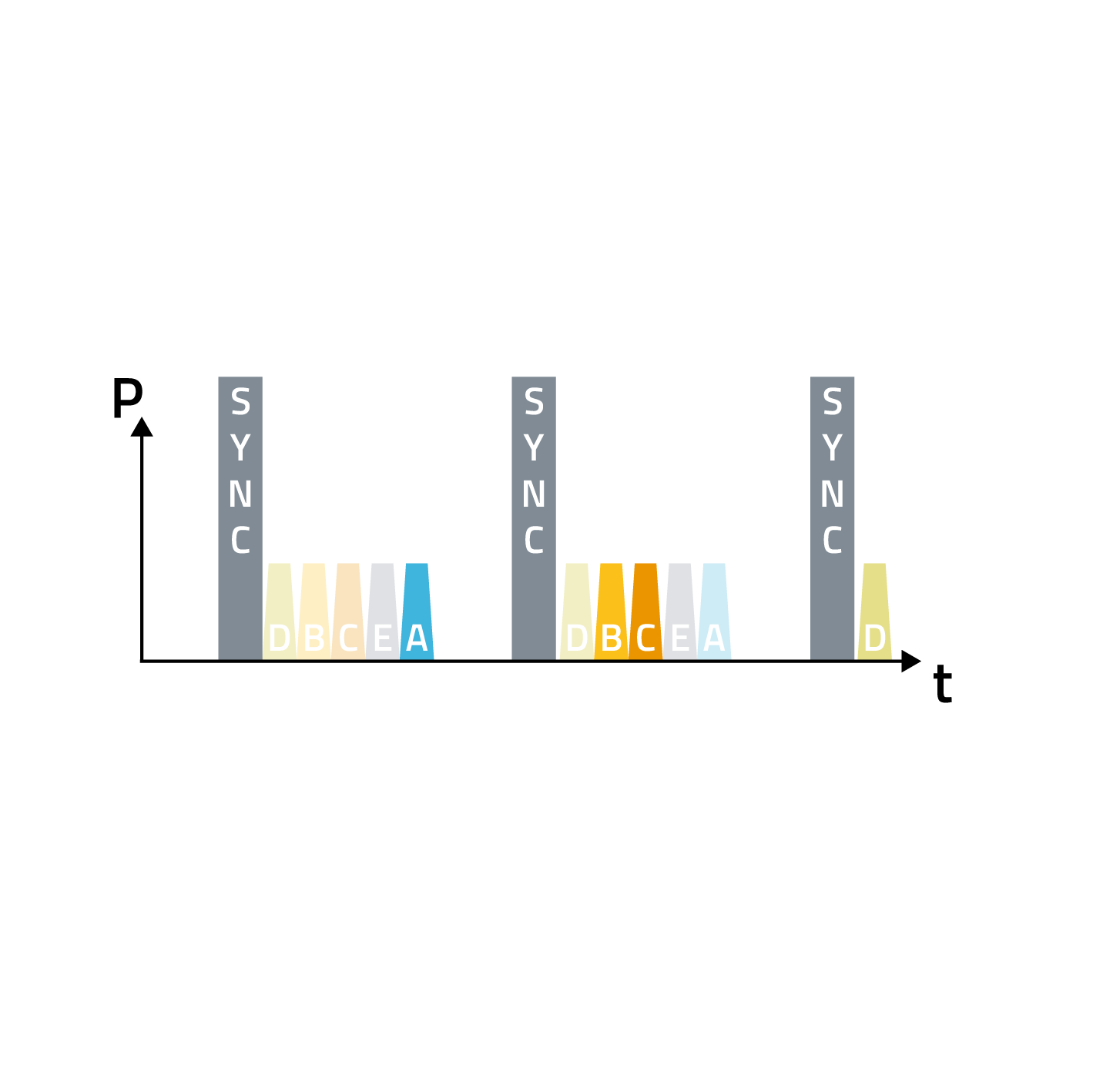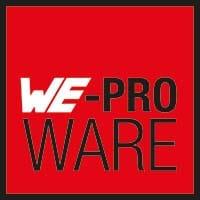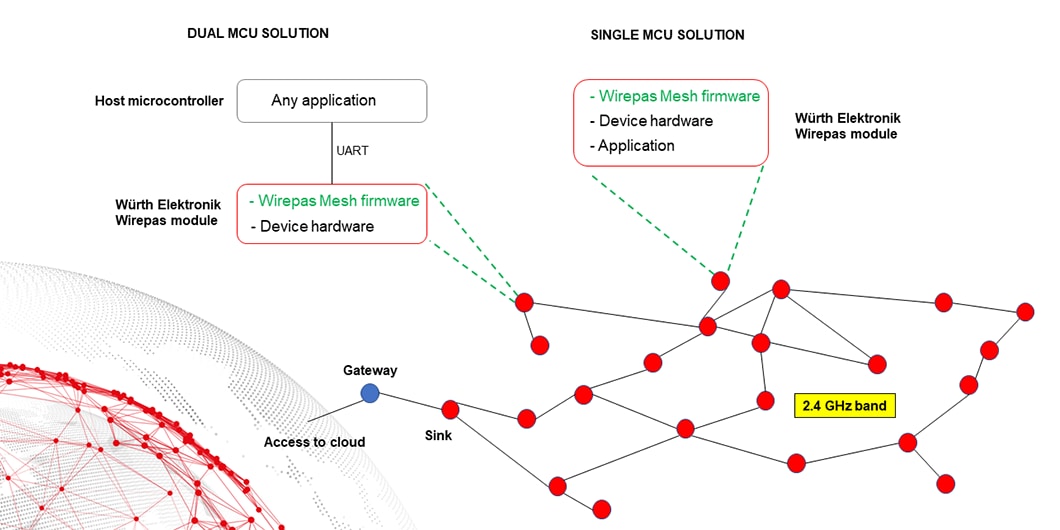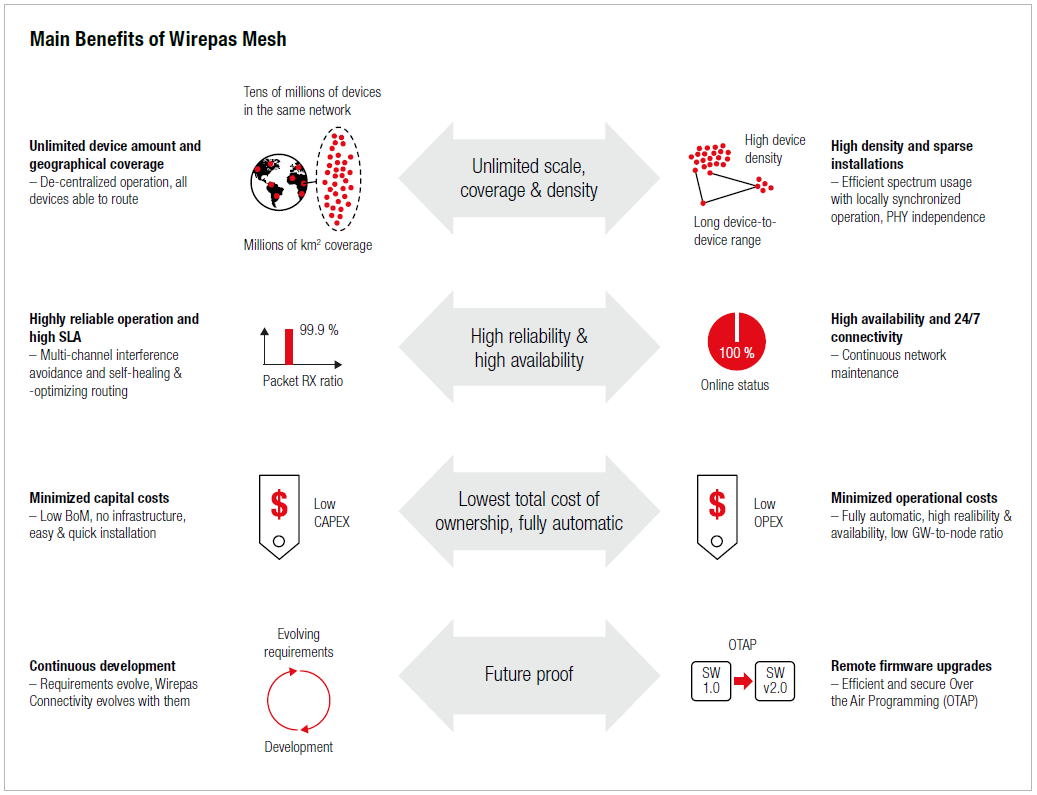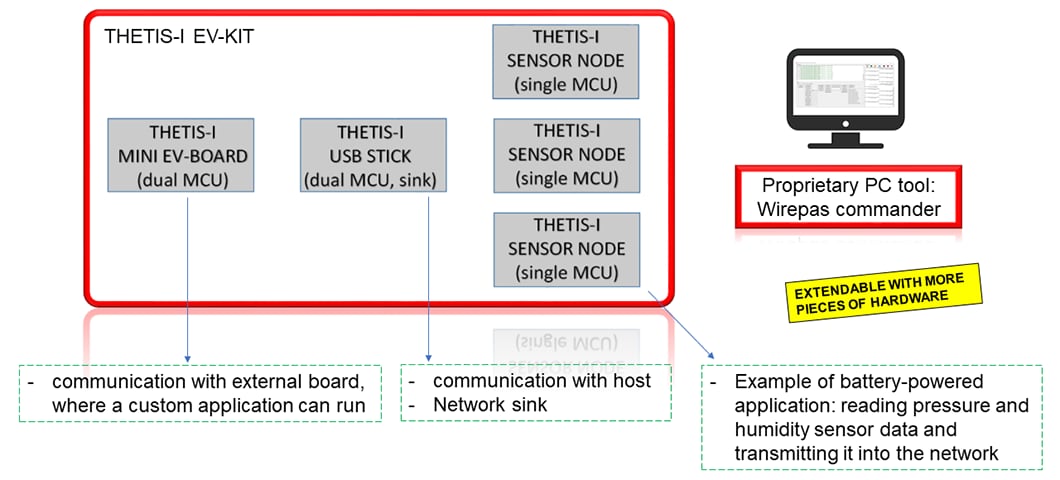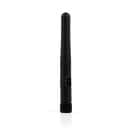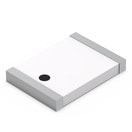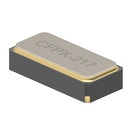Characteristics
- Create a free account at developer.wirepas.com to get extensive information and documentation on Wirepas.
- Wirepas routing mesh protocol, optimized for ultra-low energy consumption
- High scalability: ideal for large IoT networks
- Low-energy and low-latency modus
- Remote nodes' configuration
- Authentication & Encryption
- Standalone or host-controlled operation
- Base or custom firmware solutions
- Nano SIM size: 8 x 12 x 2 mm
- Smart antenna configuration (2-in-1 Module)
- Nordic Semiconductor SoC nRF52840
- +6 dBm TX power (ERP: 4 dBm)
- 1 MB flash memory, 256 kB RAM
- CE, FCC, IC certification
- Software-Tool: Wirepas commander
Applications
- Long life battery driven IoT networks
- Supply chain
- Asset tracking
- Smart lighting
- Smart metering
Products
| Order Code | Datasheet | Simulation | Manual | Downloads | Status | Description | Frequency Range (MHz) | dLoS (m) | PTx, e.r.p. (dBm) | Rxsens, e.r.p. (dBm) | PTx, 50 Ω (dBm) | VDD min. (V) | VDD max. (V) | Rb max. (kbps) | ANTConn | L (mm) | W (mm) | H (mm) | Radio Module | Antenna | USB Radio Stick | Evaluation Kit | Offer |
|---|---|---|---|---|---|---|---|---|---|---|---|---|---|---|---|---|---|---|---|---|---|---|---|
| 2611019021011 | – | – | – | Active i| Production is active. Expected lifetime: >10 years. | EV-Kit Thetis-I | – | – | – | – | – | – | – | – | – | – | – | – | 2611011021010 | – | – | – | ||
| 2611109021011 | – | – | – | Active i| Production is active. Expected lifetime: >10 years. | Mini EV-Board Thetis-I | – | – | – | – | – | – | – | – | – | – | – | – | 2611011021010 | – | – | – | ||
| 2611097021021 | – | – | – | Active i| Production is active. Expected lifetime: >10 years. | Sensor Node Thetis-I | – | – | – | – | – | – | – | – | – | – | – | – | 2611011021010 | – | – | – | ||
| 2611011021010 | SPEC | 5 files | Active i| Production is active. Expected lifetime: >10 years. | Thetis-I | 2402 - 2480 | 400 | 4 | -90 | 6 | 1.8 | 3.6 | 1000 | RF pad and internal antenna | – | – | – | – | Himalia | 2611086021011 | 2611019021011 | |||
| 2611086021011 | SPEC | – | Active i| Production is active. Expected lifetime: >10 years. | Thetis-I USB radio stick | 2402 - 2480 | 315 | – | – | – | – | – | 1000 | internal antenna | 68 | 24 | 12 | 2611011021010 | – | – | – |
| Order Code | Datasheet | Simulation |
|---|---|---|
| 2611019021011 | – | – |
| 2611109021011 | – | – |
| 2611097021021 | – | – |
| 2611011021010 | SPEC | |
| 2611086021011 | SPEC |
| Offer |
|---|
| Order Code | Datasheet | Simulation | Manual | Downloads | Status | Description | Frequency Range (MHz) | dLoS (m) | PTx, e.r.p. (dBm) | Rxsens, e.r.p. (dBm) | PTx, 50 Ω (dBm) | VDD min. (V) | VDD max. (V) | Rb max. (kbps) | ANTConn | L (mm) | W (mm) | H (mm) | Radio Module | Antenna | USB Radio Stick | Evaluation Kit | Offer |
|---|
Software Downloads
The Wirepas module Commander is an easy-to-use PC software that enables complete control of the Wirepas module via its command interface. This tool offers an intuitive graphical user interface that enables the user to interact with the wireless module and understand the communication protocol between the module and the connected host.
The Wirepas module Commander along with the Wirepas module allows quick prototyping and testing of various features of the Wirepas mesh network.
- Speed
- Current consumption
- Throughput
- Maximum number of nodes
- Installation effort
- Robustness
Mesh Technologies
Wirepas Mesh
Wirepas is an international company with headquarters in Tampere, Finland.
Wirepas is specialized in IoT topics and offers the Wirepas Mesh stack (firmware only) and support to high volume customers. Würth Elektronik is in cooperation with Wirepas to integrate the Wirepas mesh stack into radio chips as well as offering service to our customers to develop Wirepas mesh radio modules based on the existing Nordic Semiconductor nRF platform.
Würth Elektronik is licensed to develop, support and sell standard and custom Wirepas mesh radio modules.
Wirepas Mesh is a connectivity protocol for radio modules, optimized for large scale and energy efficient wireless mesh networks in the frequency 2.4 GHz. This innovative technology can be used to create large IoT networks, for example using battery-powered sensors, in which each node also functions as a router.
On a single MCU solution, the application runs on the device itself. On a dual MCU solution, the application runs on a host microcontroller.
Traditional mesh networks suffer in large scale from complex networking tables, congestion and bandwidth issues. Wirepas overcomes these issues by removing network‘s infrastructures and decentralizing network‘s intelligence on the nodes. All networking decisions are done locally by the nodes. Every node:
- scans automatically the neighborhood and choose the best path to the sink
- adapts transmit power to neighbor proximity
- can act as sink, routing or non-routing node
- can work in low power or low latency mode
- chooses the best frequency to use locally
- has a high configurability, interference-tolerance, ultra-low energy consumption: Wirepas mesh software is ideal for large scale and battery-operated networks.
The Thetis-I Evaluation-Kit
For Thetis-I we offer a specific Evaluation kit, which consists of:
- 1 Mini Evaluation Board
- 1 USB Stick
- 3 battery driven sensor nodes
Their specific functions are showed in the picture below.
In case you need a larger test network, you can simply extend your starter kit by purchasing additional pieces of any of the three hardware components ( [mini evaluation board](), [USB stick](), [sensor node]() ).
Together with our proprietary software tool Wirepas Commander, you can setup and test your Wirepas network in few easy step.
Antenna
Use with
Videos
WE meet @ Digital Days 2021: Wirepas Mesh: From Concept to Prototyping
Videos
Manni Talks- Unboxing the Evaluation Kit
